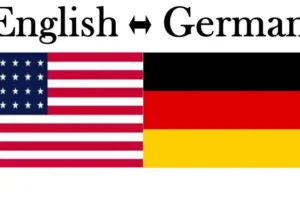


Step 1 Become familiar with the German letters.
Compare the sounds of each letter alone with those of other letters. Also pay attention to the distinctions between German and English letter sounds. The sounds of two letters combined can be very different from the sounds of either of the two letters separately, just like in English.
A native German speaker will guide you through specific letter sounds and letter combinations in the video that follows.
Pay close attention to any letters that have an umlaut (two tiny dots above the letter), as this might alter how a word sounds by altering how a letter is spoken.
Step 2 Gather a Few Simple “Framework Words”
The moment has come to study some “foundation words” after you have mastered the alphabet and letter sounds. These simple, everyday words will serve as the cornerstone of your vocabulary development.
Look up the German translations of the English words you find yourself using frequently. excellent beginnings include:
German good morning
Yes/no
Thank you/please excuse me/excuse me
Don’t miss our post on difficult German pronunciations after you’ve completed that.


